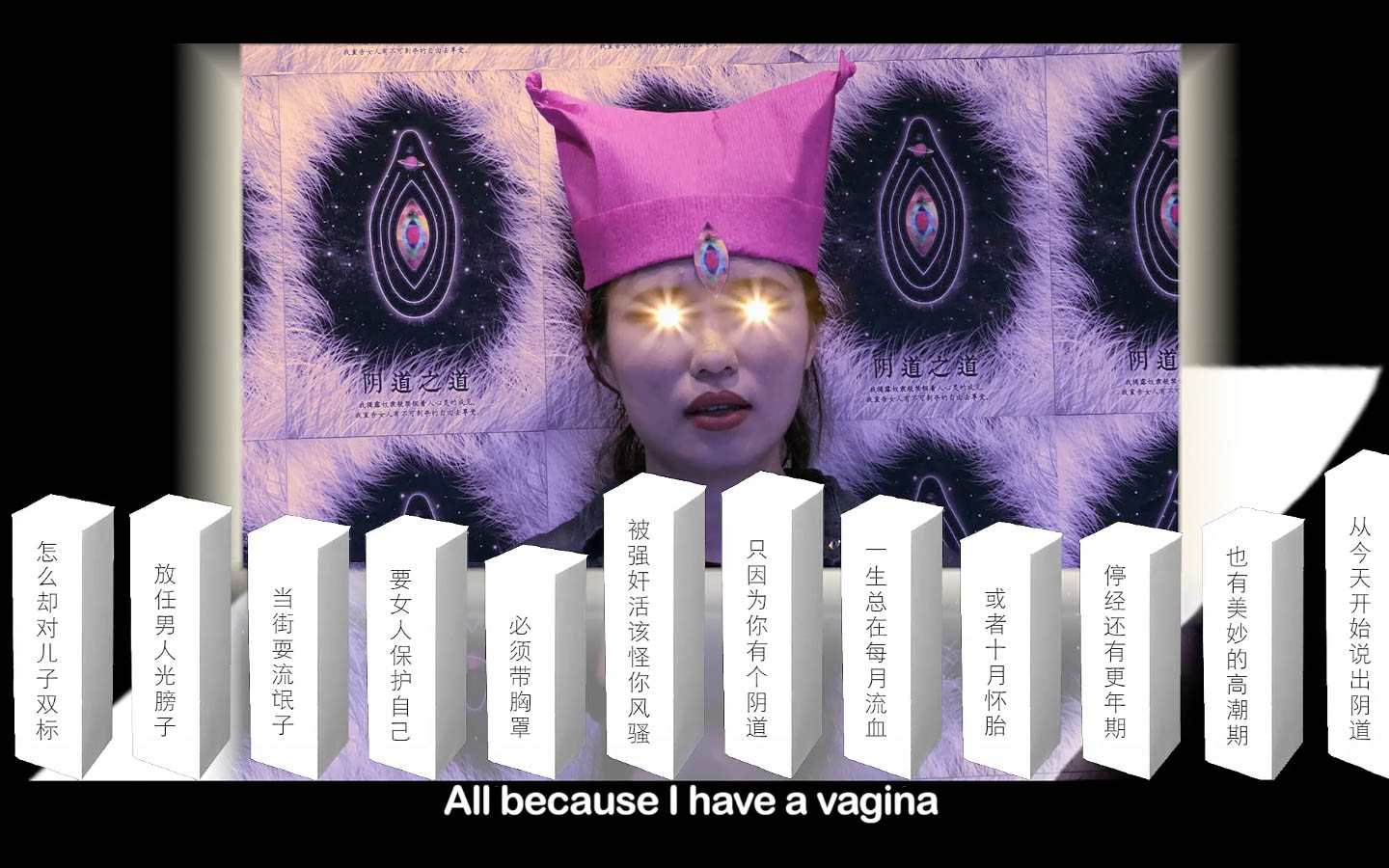5th Moon: T-Shirts, Moustaches and Theories in Progress – Artistic Femmifestations (029)

The films in the 5th program of the 12 Moons Film Lounge are declarations of both war and love: against colonial-racial repression, against the Othering of bodies, against rigid identity concepts and for the development of new languages, forms and coordinates. For self-determination and collectivity, physical thinking and its resonance spaces. There to live manifestos and to dream theories.
In the form of dance, performance, painting, rap, text, music and experimental video, the artists subject existing power relations to negotiation, feminisms and identity politics of different generations rub against each other, positions fuse together and come apart. The film selection, shown as projections and on two monitors in the 12 Moons Film Lounge, condenses artistic perspectives from three decades into a complex survey of the politics of speaking about identities and bodies.
Can we possibly come closer to the answers by autoperforation? And should we print them on t-shirts? Do we read glued mustaches in this part of the earth the same way as elsewhere and how can the experiences of “female” “bodies” remain relevant in the postidentitarian discourse? How can avatars help us to develop a radically new language, the blurred of which may allow something like solidarity to seem possible. Text meets body, word meets movement, story meets future. “Exhaustion is wicked. Kissing is too”.
The films in the 5th programme:
Working On It by Karin Michalski, Sabian Baumann
Germany/Switzerland, 2008, 50 minutes, German with English subtitles
Working On It negotiates queer strategies of sexual politics using interviews, stagings and queer electronics. The film seeks experimental cinematic means that exhibit “talking about oneself” as a viable fiction and as necessary work. 15 visual artists, theoreticians, activists and musicians known within the Berlin scene speak about what it means and how it is possible to intervene in public images of sexuality and whiteness, to invent a new language for more than two genders, to avert devaluations of sexual identity in the workplace and produce cultural products and artistic actions.
Contributors: featuring: Pauline Boudry, Renate Lorenz, Brigitta Kuster, Tünya Özdemir, Sam Sherlock, Andriana Andrew, Jasco Viefhues, Annekäthi Wehrli, Beatrice Michaelis, Elahe Haschemi Yekani, Jannik Franzen, Steffen Kitty Hermann, Doro Wiese, Elfe Brandenburger, Ins A Kromminga
With Music by: Heidi Mortenson, Rhythm King and Her Friends, Scream Club, Lesbians on Ecstasy


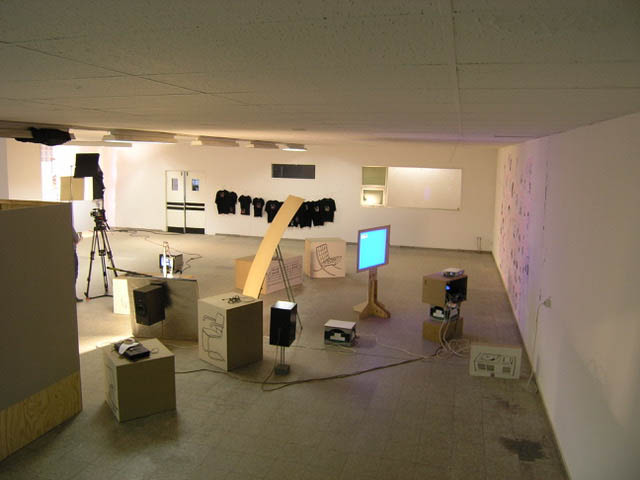
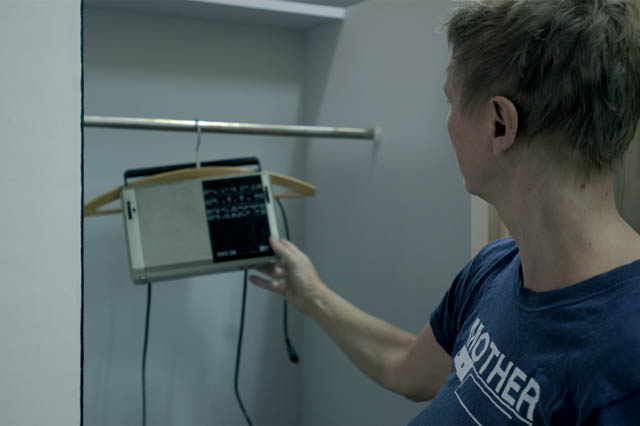

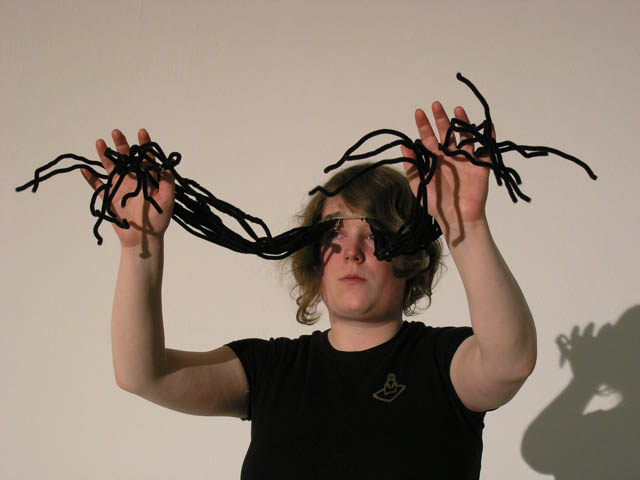


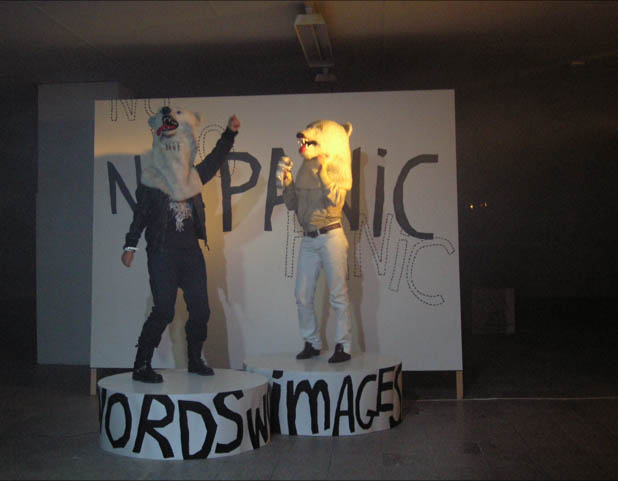
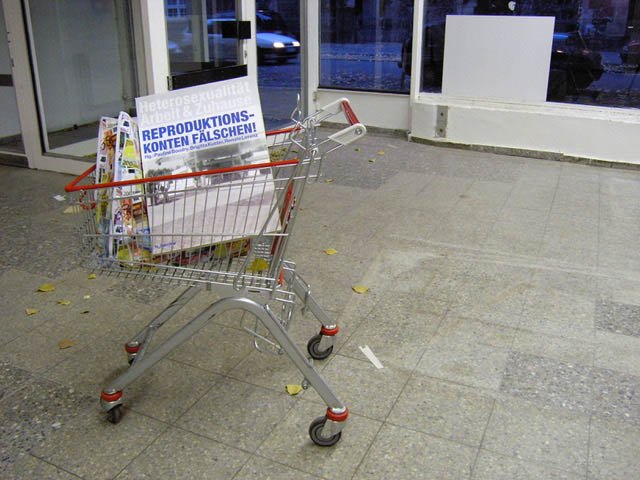
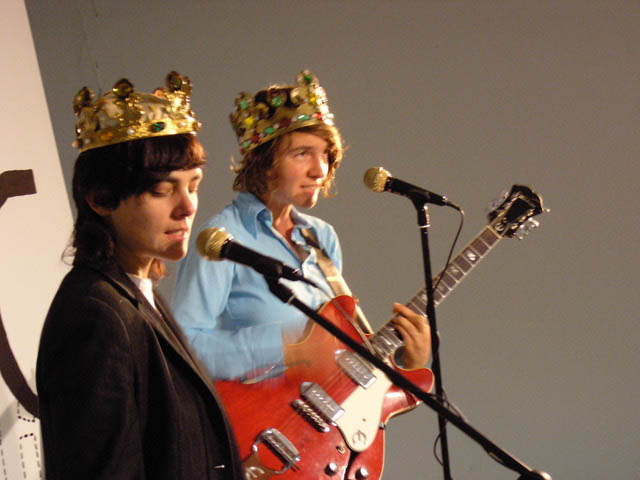


#manifestA by Nathalie Percillier
Germany, 2012, 80 minutes, German with English subtitles
In Basel 1998: Female artists from various generations proclaimed their First Manifesto of Great and Renowned Female Artists. Just over ten years later, they reflect upon their experiences living with the manifesto. They and other artists portrayed in the film negotiate the mainstream and its bypasses, economic conditions and power, the formation of collectives and the syncope. The talks surrounding the manifesto form the framework of the film, whilst the music and the images of those portrayed at work in studios and rehearsal rooms, on stages and in gardens carry the spirit of the film. Featuring: Les Reines Prochaines, Ulrike Haage, Andrea Saemann, Brigitte Schlögel, Chris Regn, Sophia Schama, Monika Dillier, Beate Spalthof, Walli Höfinger, Martine Ledieu
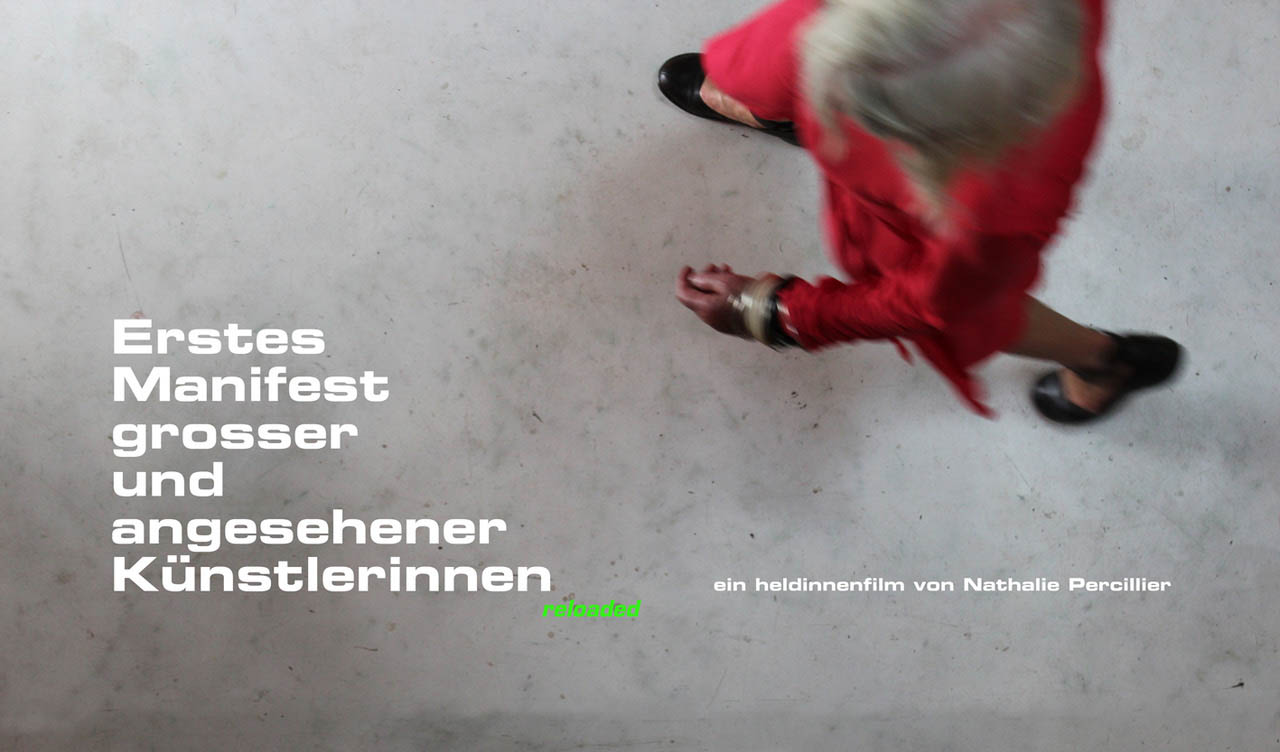
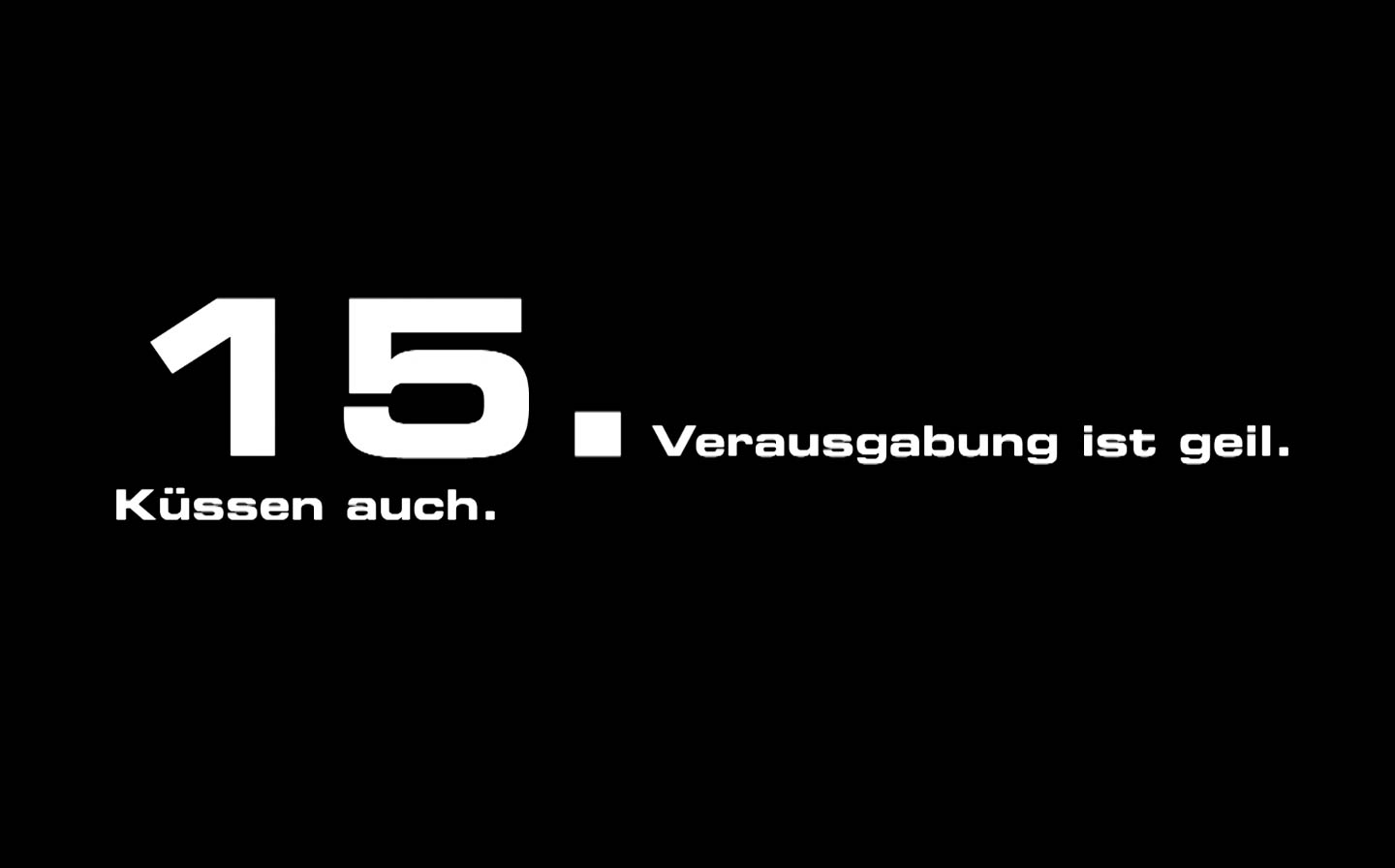
“Hello! My name is B o_ _ _ _ _ _ d y _ and I am here to abduct the f_ _ _ ut_ _u _ _ re _” by Vassiliea Stylianidou aka Franck-Lee Alli-Tis
Germany, 2017, 46 minutes, language and text: German, English, Greek
The multichannel sound installation with a text-animation on monitor is both a real and fictitious discussion between five persons and one narrator. Starting from the politics of language around trans*/ inter*/ non-binary/ de-gendered identities the filmmaker formulates hypotheses around the complex web of language, body, future and gender construction. The project proposes a new language of the future to construct new identities or the erasure of identity overall.
Contributors: Lorenz Erdmann, Nanavongestern, Nana, Jamie Diker, Ria Klug, FOR AN ANONYMOUS FUGITIVE AUTHOR *, Frank Wismar, Lann Hornscheidt, Ria Klug, Tucké Royale, Jayrôme C. Robinet, Konstantine Matsoukas, SN. Special thanks to TRIQ, TransInterQueer e.V. Berlin, Joep Hegger. Commissioned by Onassis Cultural Center, Athens in the occasion of the exhibition "Tomorrows. Urban Fictions for Possible Futures". Curated by Daphne Dragona and Panos Dragonas.

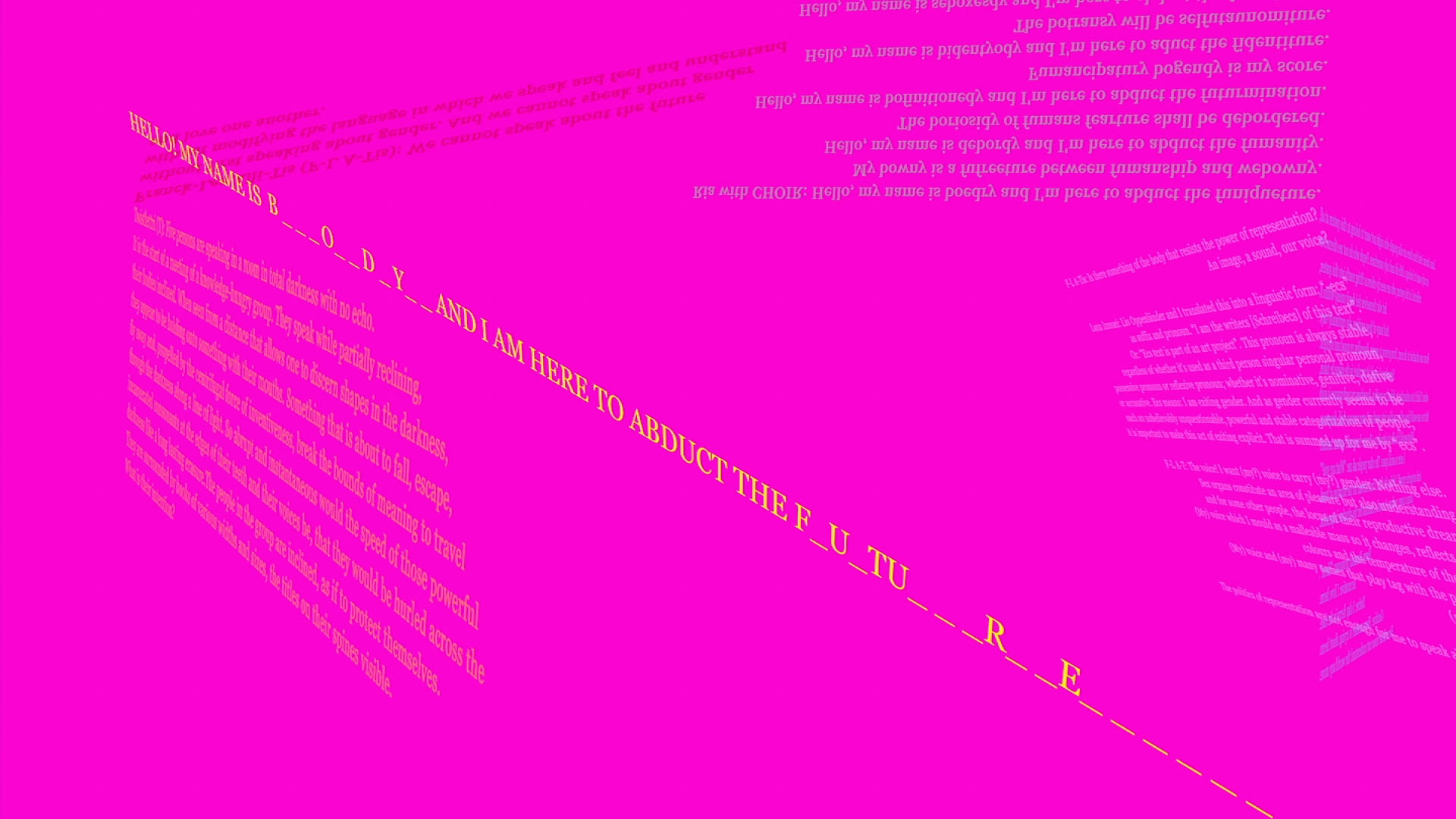

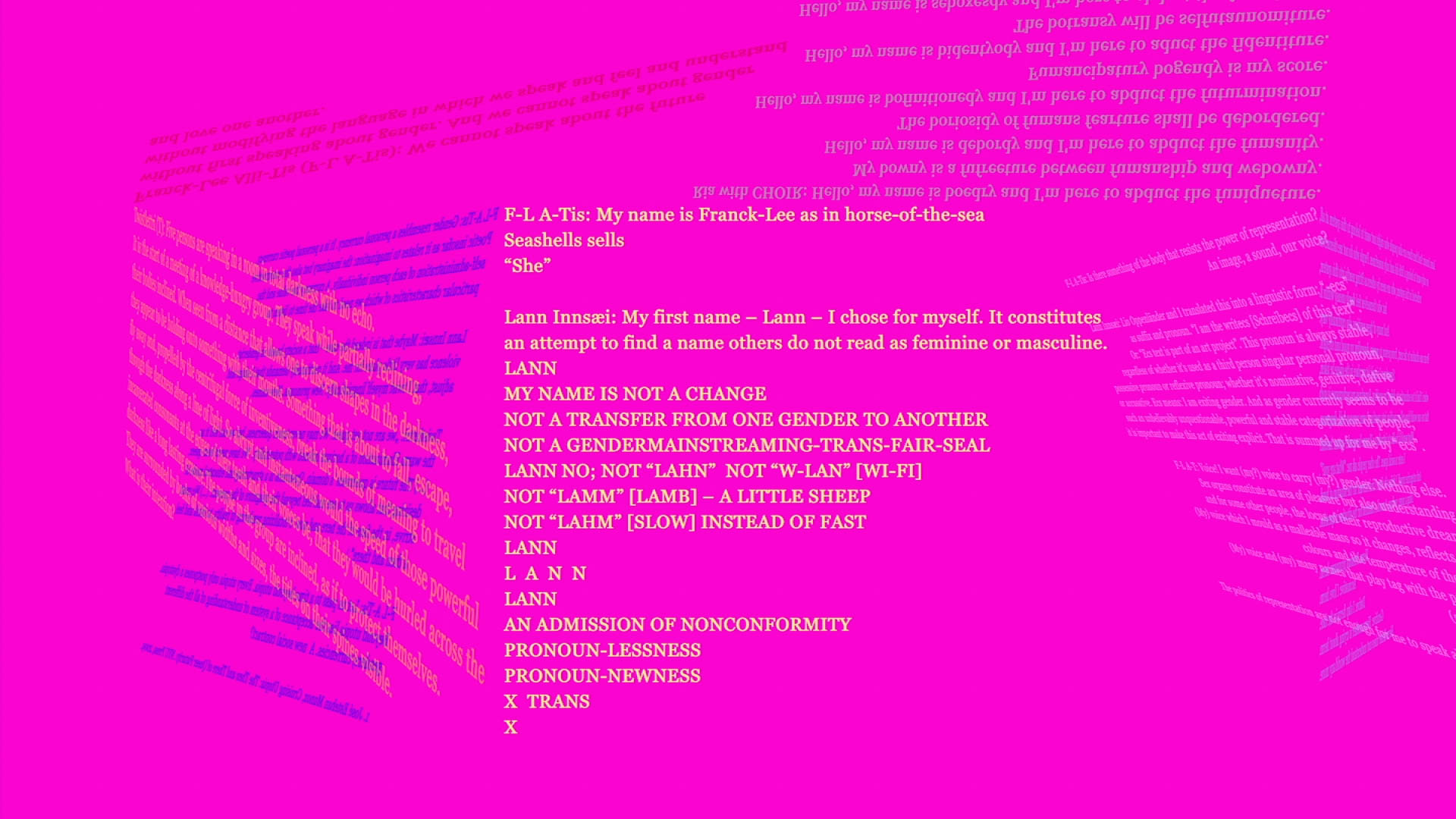
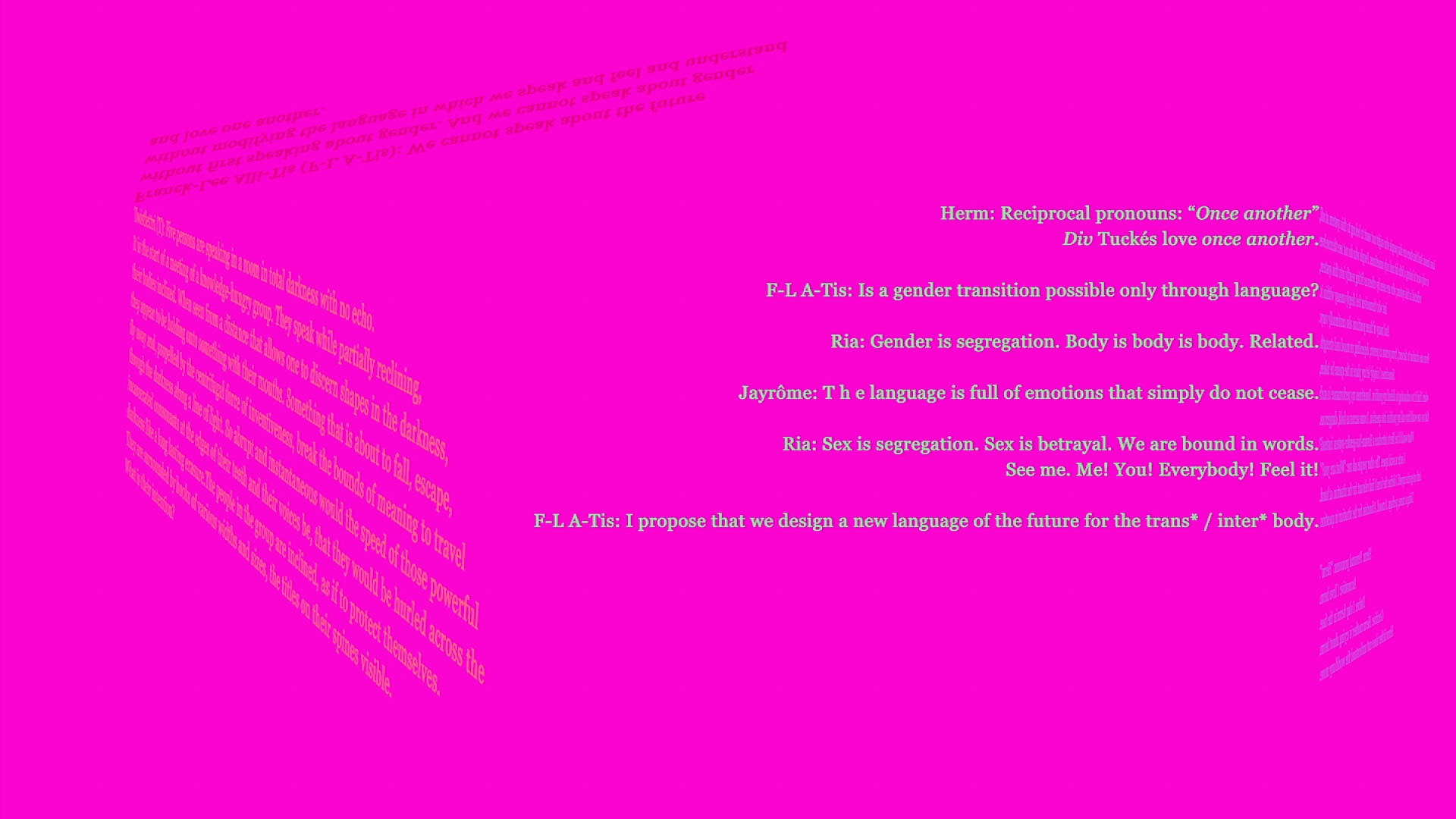

Das Loch by Julia v. Randow
Germany, 1993, 19 minutes, German
Whole, the whole hole, is regarded as a hopeful thought model for the 90s, it resets the gender question with it’s own theory: the gender of the surface of a body is in proportion to the number of its holes. The gender dualism is resolved to infinity. Assumptions about the existential state of the hole and its physical behaviour lead to metaphysical conclusions. The confetti master’s work, the Hollow Earth Theory, the auto perforation and the Hole Model Schlupf illustrate the dynamic transition from the passive to the active state of the hole.
Camera: Lisa von Treskow. Featuring Heiner Müller.
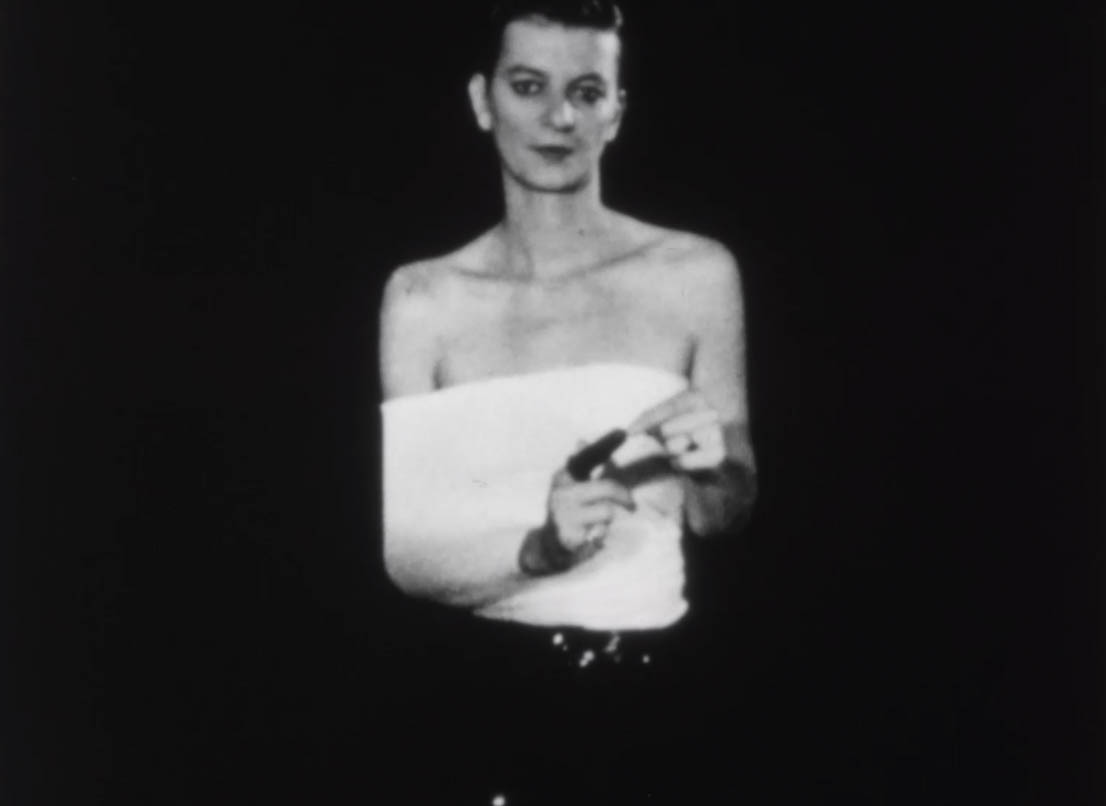
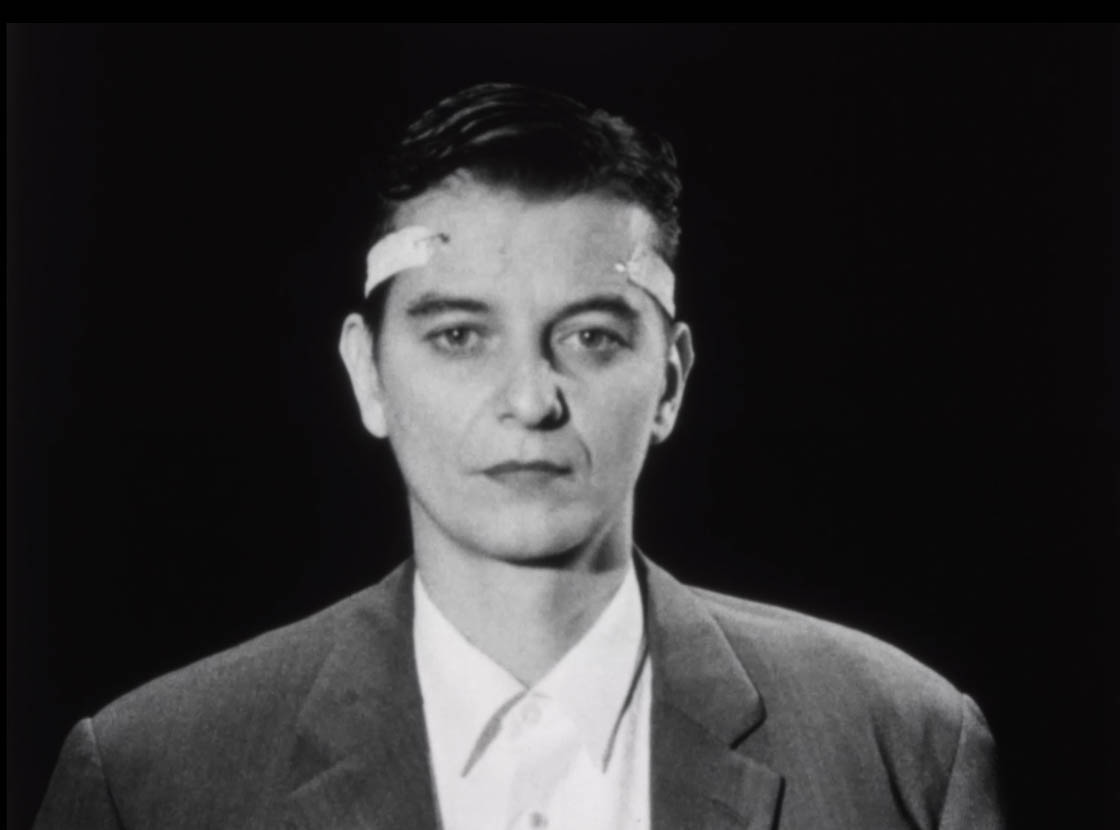

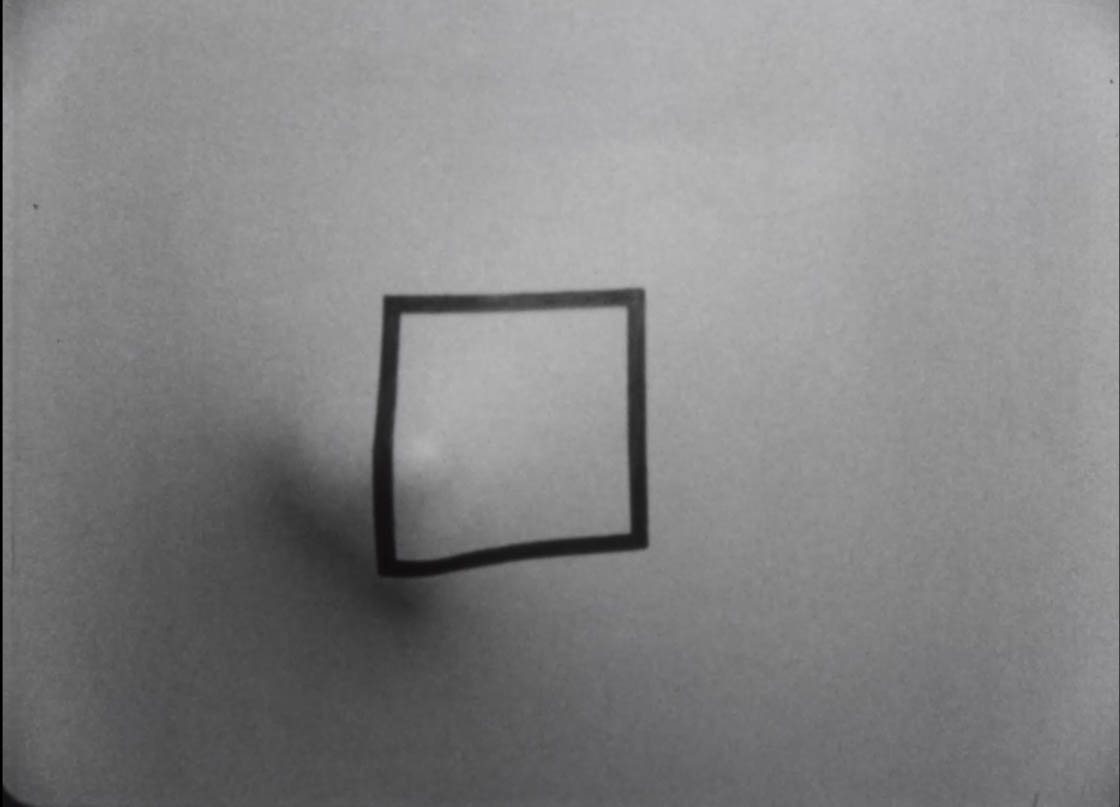
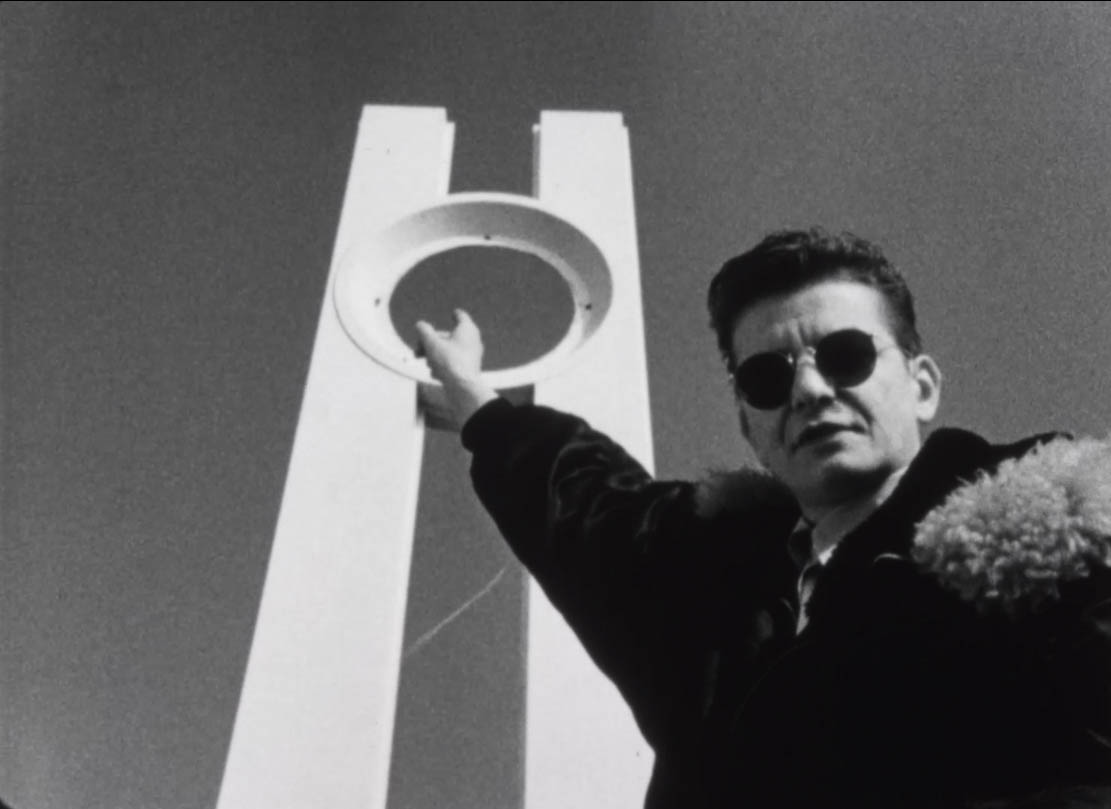
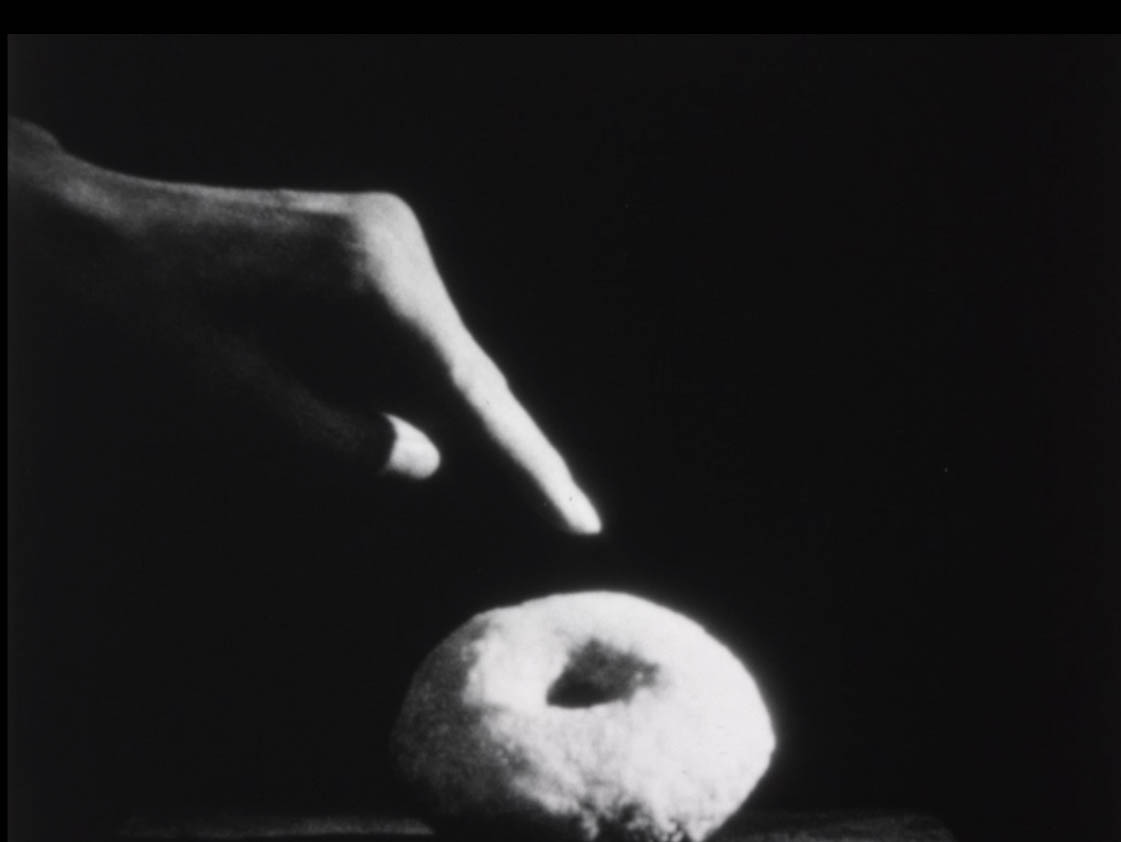
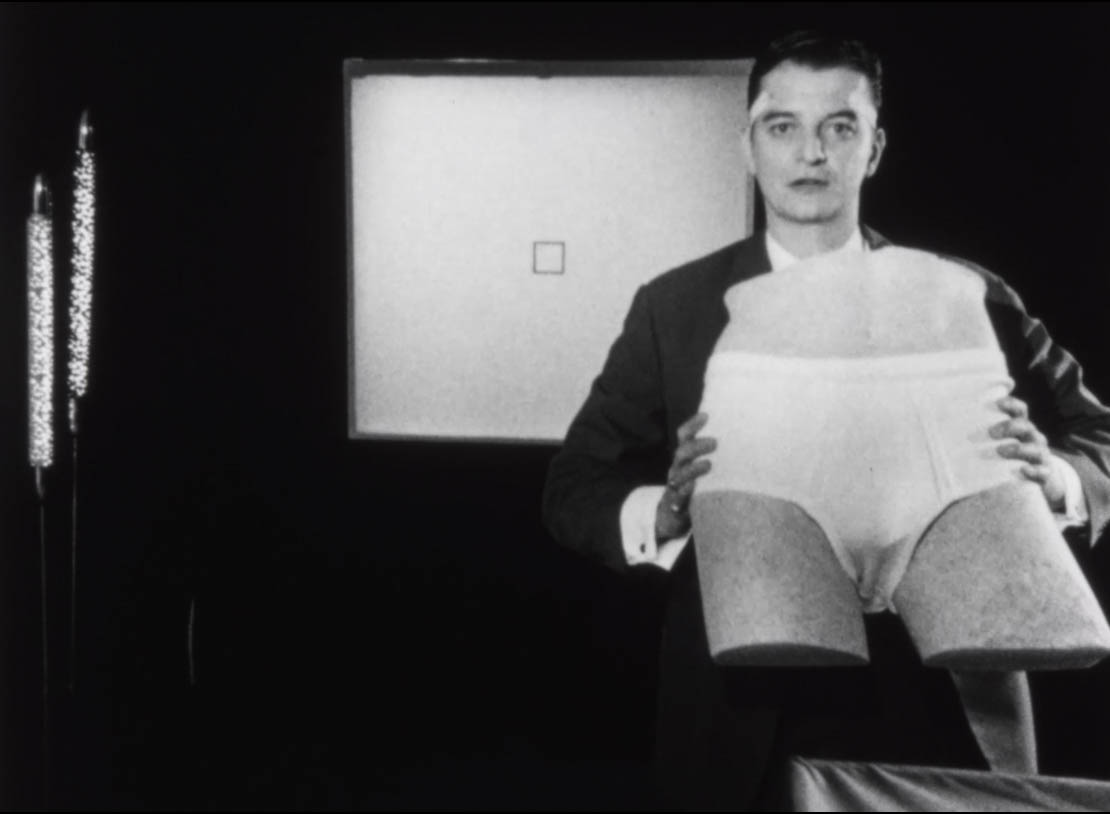

Bolita Berlinesa – La Vuelta de la malona by Verena Melgarejo Weinandt
Argentina, 2014, 3 minutes, Spanish
Verena Melgarejo Weinandt’s Alter Ego Bolita Berlinesa uses the Museo Nacional de Bellas Artes Buenos Aires for her fight of the Lucha Libre. This museum of national Argentine art exhibits almost exclusively European paintings. The only picture that points to the indigenous population of the country is the painting La vuelta del malón from 1892 that justifies the genocide of the indigenous people of southern Argentina by General Julio Roca around 1880. Through revealing the symbolic struggle against this picture, Bolita Berlinesa exposes colonial continuities, negotiates colonial depictions and projections upon indigenous people, attacks a national narrative whilst relating it to Bolivian migrants’ circumstances in Argentina, and negotiates the framework of institutional art presentation.
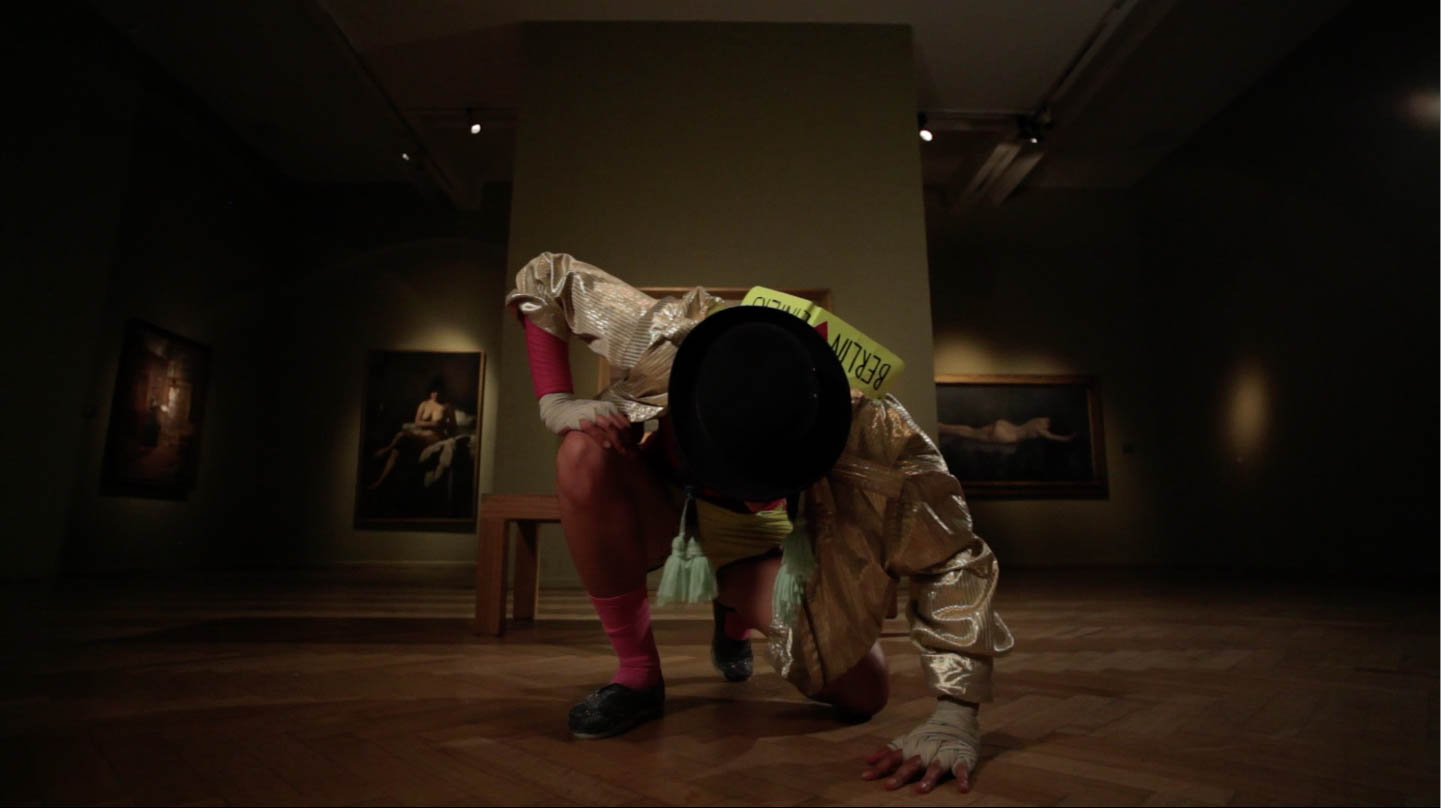
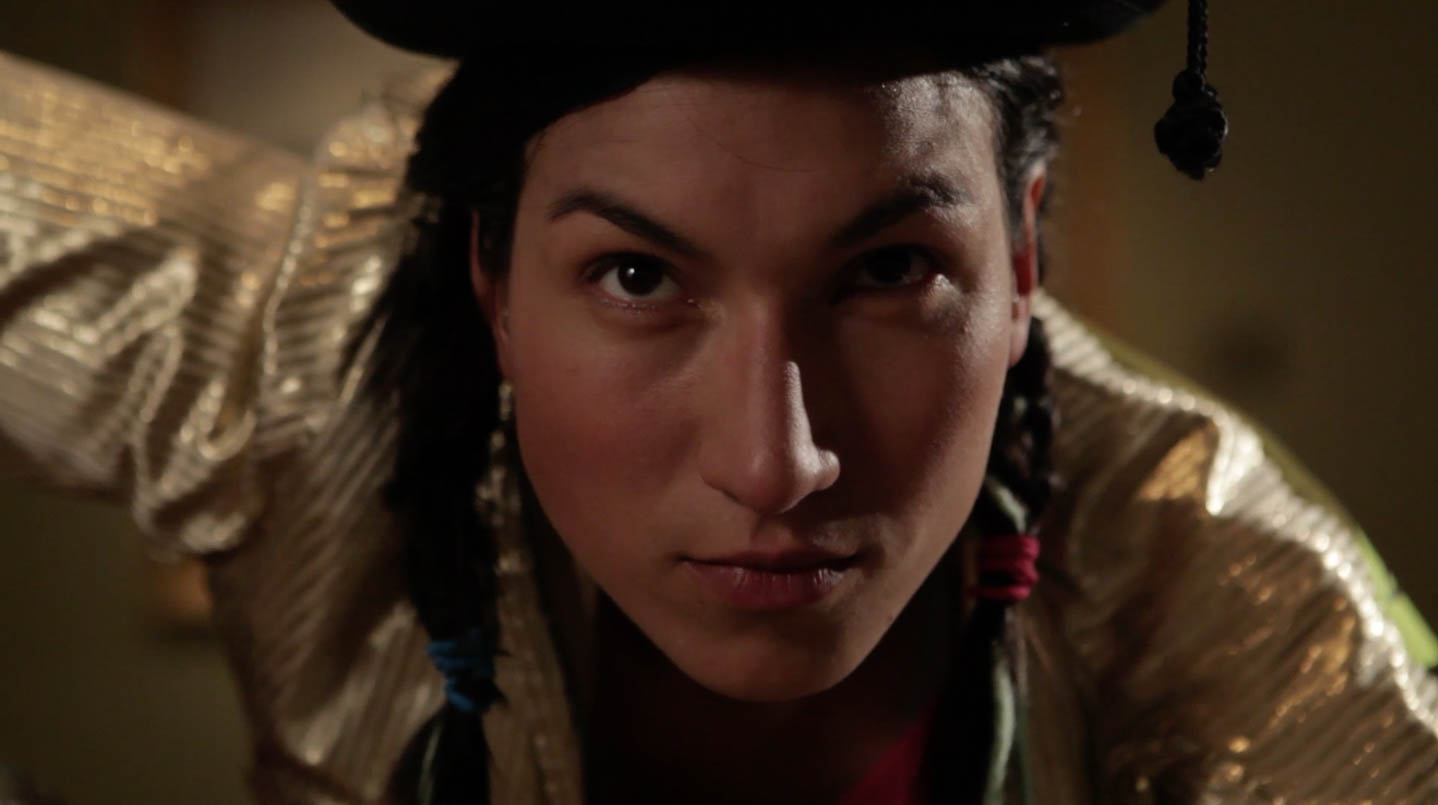

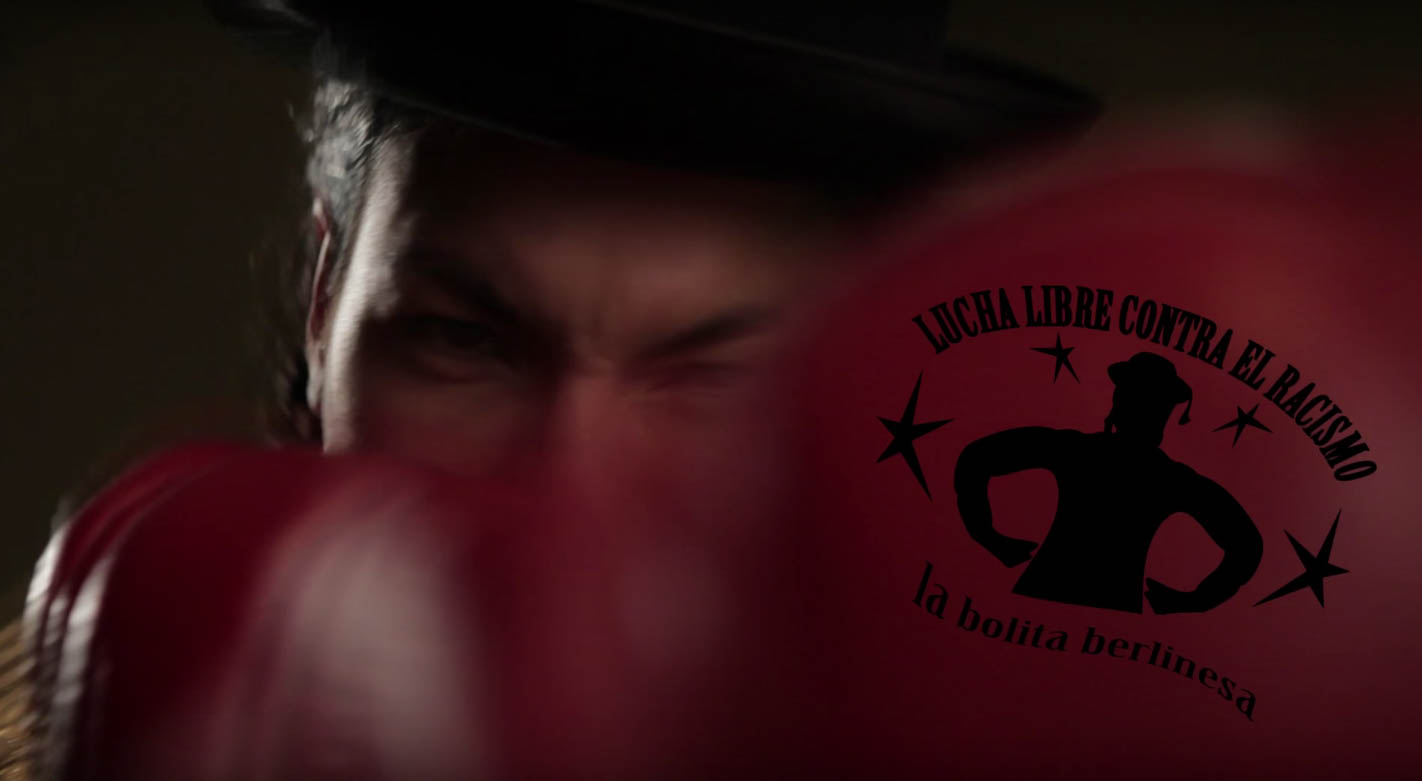
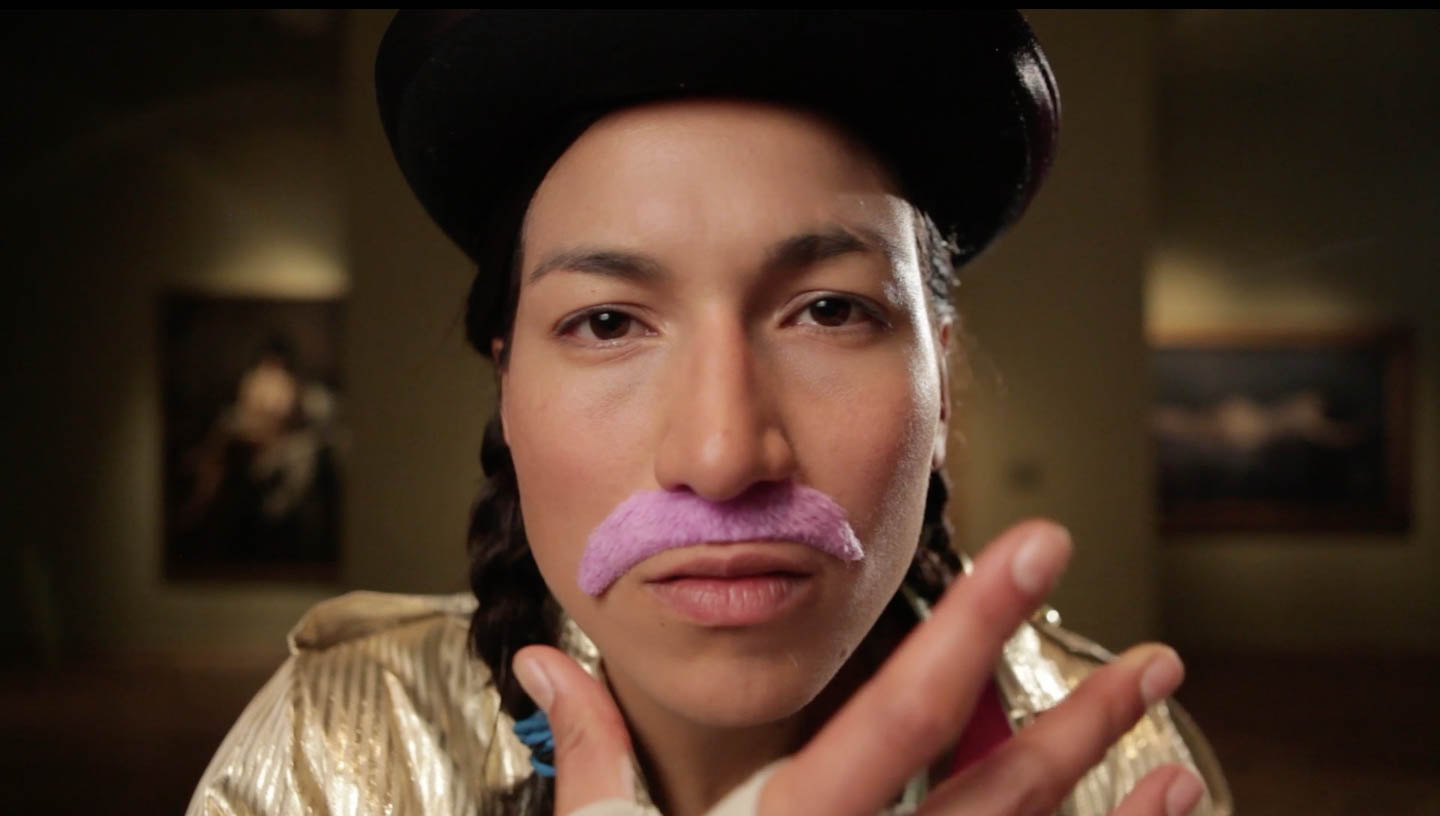

Impossible Bodies by Lani Rodriguez
USA, 2014, 13 minutes, English
Choreographer niv Acosta talks about his current dance piece and the corporeality of ethnicity and gender in public space. He problematizes the messages imposed on our bodies outside of our own safe-spaces, the lack of vocabulary for his identities and the current hype and tokenization of LGBTIQA+ Black and of Color artists.
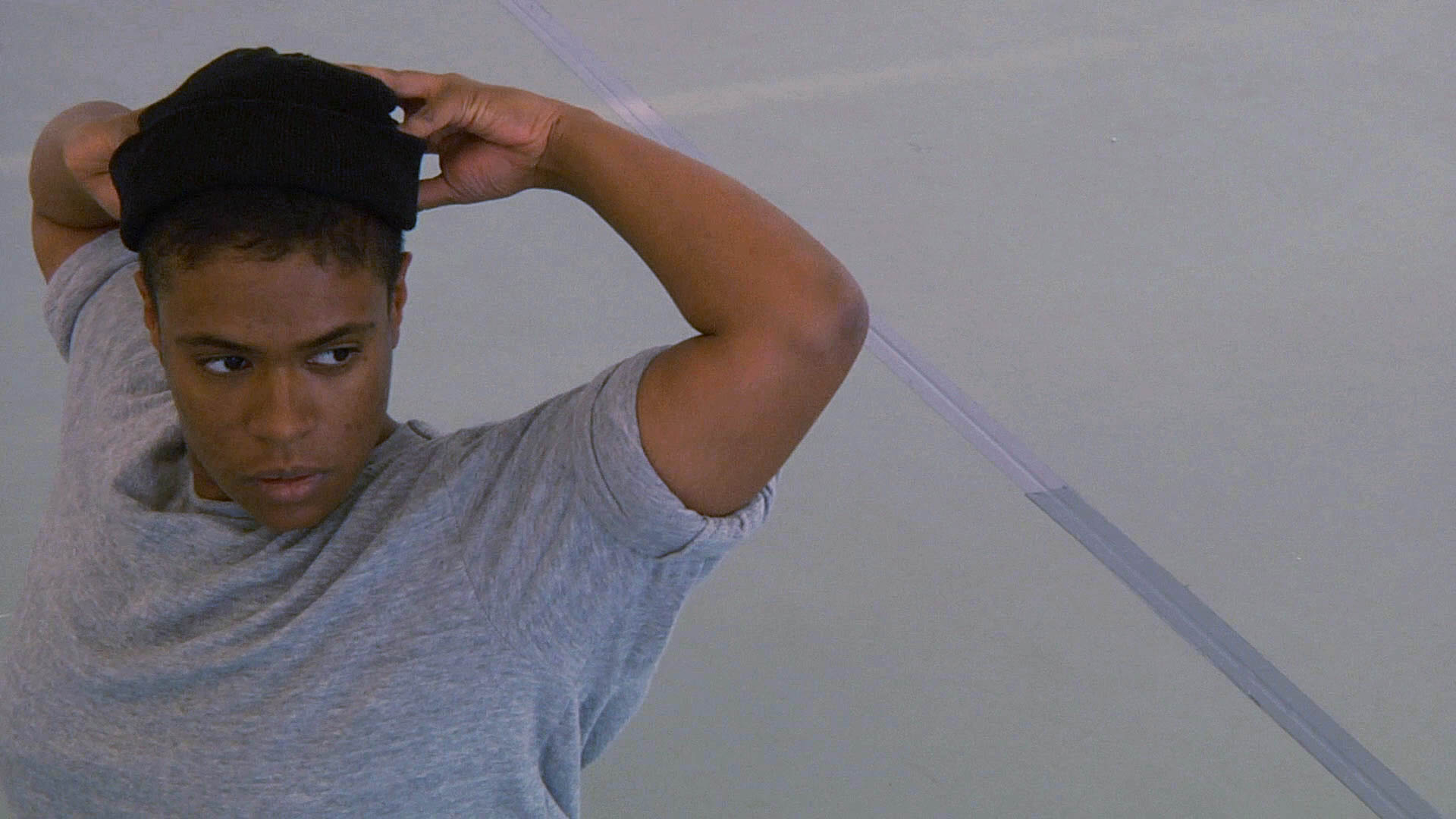

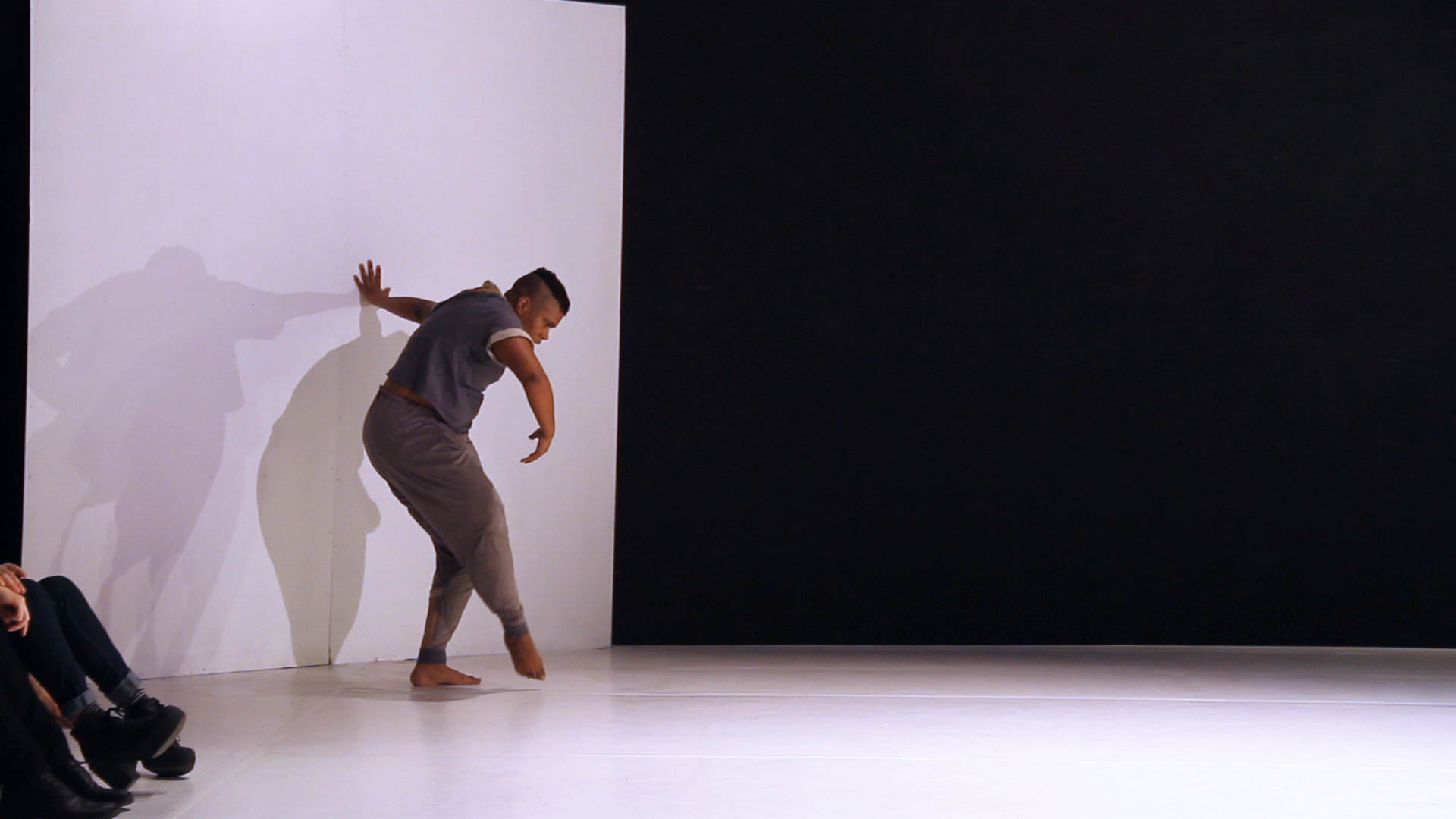
Our Vagina, Ourselves by Dajing
China, 2017, 5 minutes, Mandarin with English subtitles
A rap music video by Dajing and Evange for the recognition of non-binary gender identities, women*’s rights and sexual self-determination.
